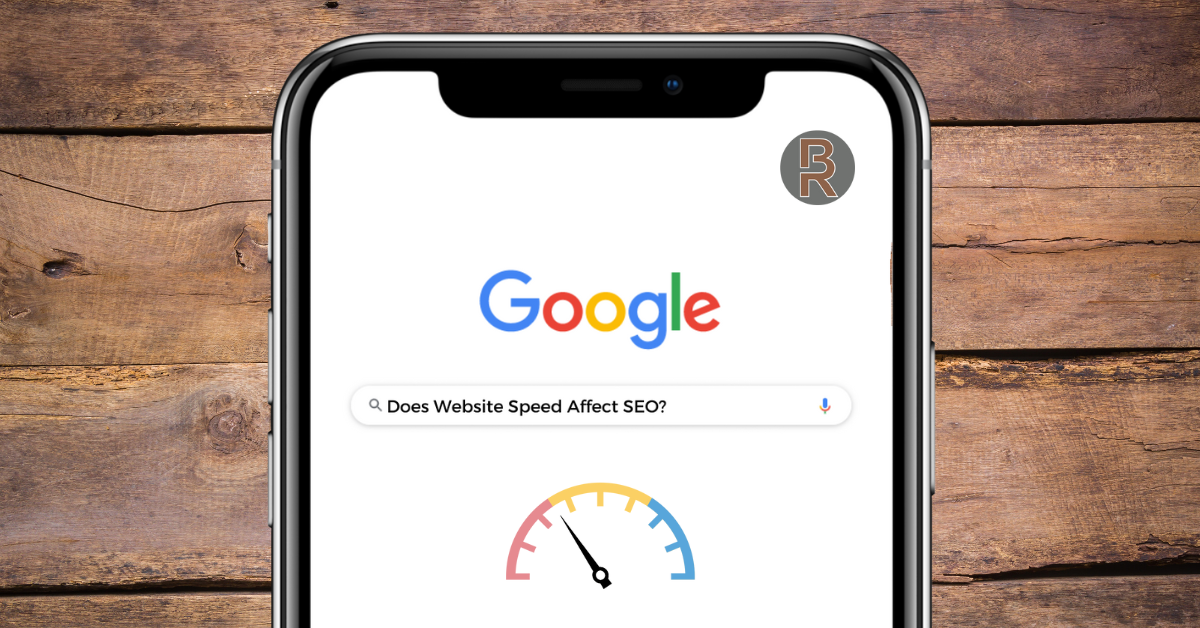
Does Website Speed Affect SEO?
If you’re a business owner, chief marketing officer, website designer or developer, or have a general interest in learning more about how website speed

If you’re a business owner, chief marketing officer, website designer or developer, or have a general interest in learning more about how website speed
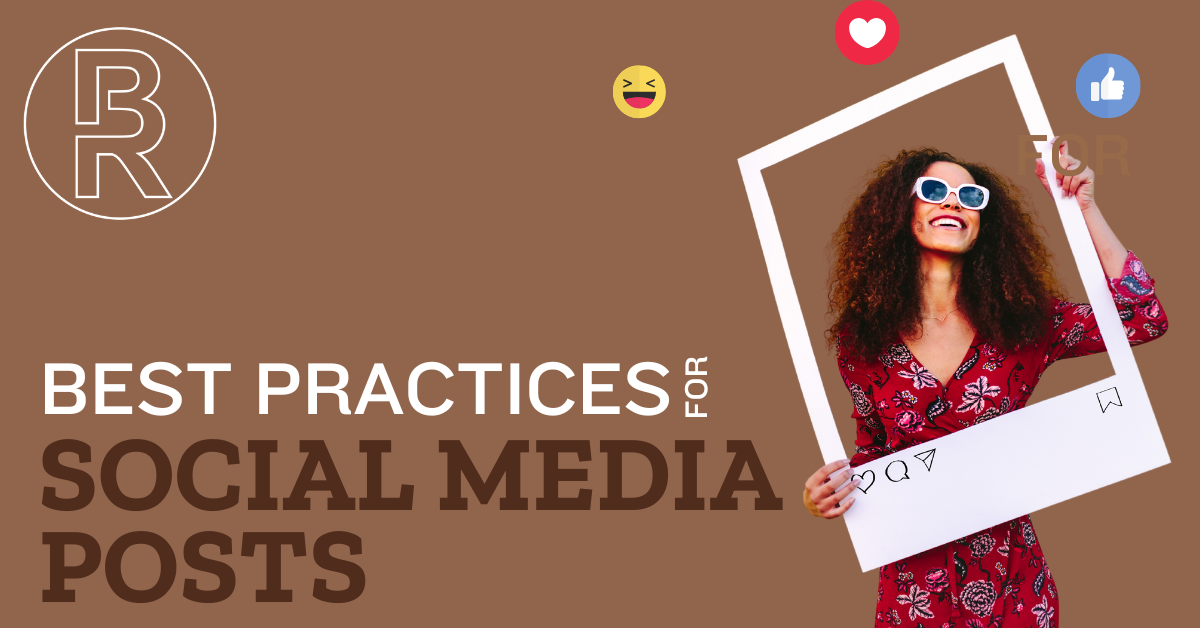
Spring is in the air! It’s the season of new beginnings, and maybe a good time to renew some of your marketing efforts! Do
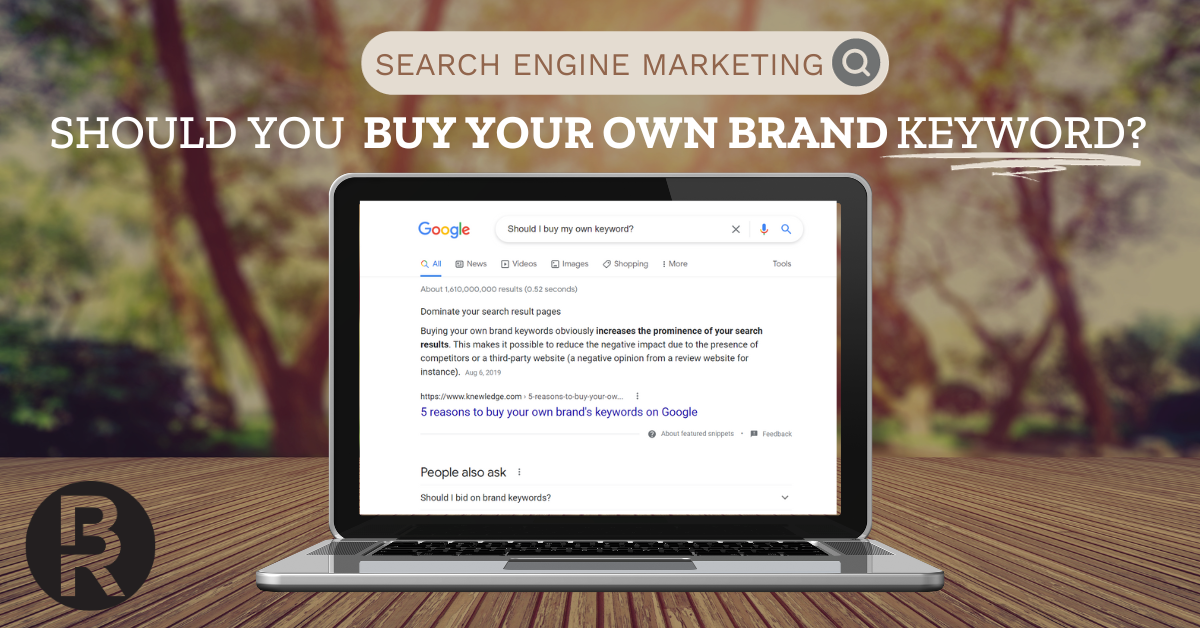
Are you thinking about buying your brand keyword for a search ad campaign? If you (or the digital marketing agency that manages your ads)
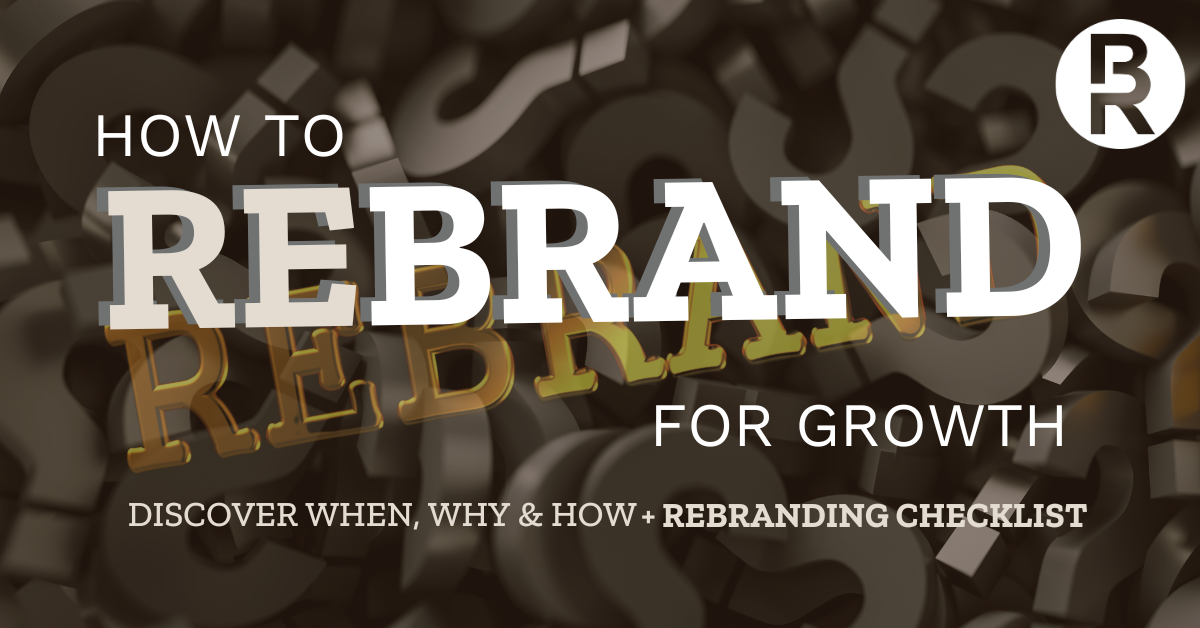
Could your company benefit from a rebrand? Our team at Brand Ranch Media would like to briefly look at why a rebrand may benefit
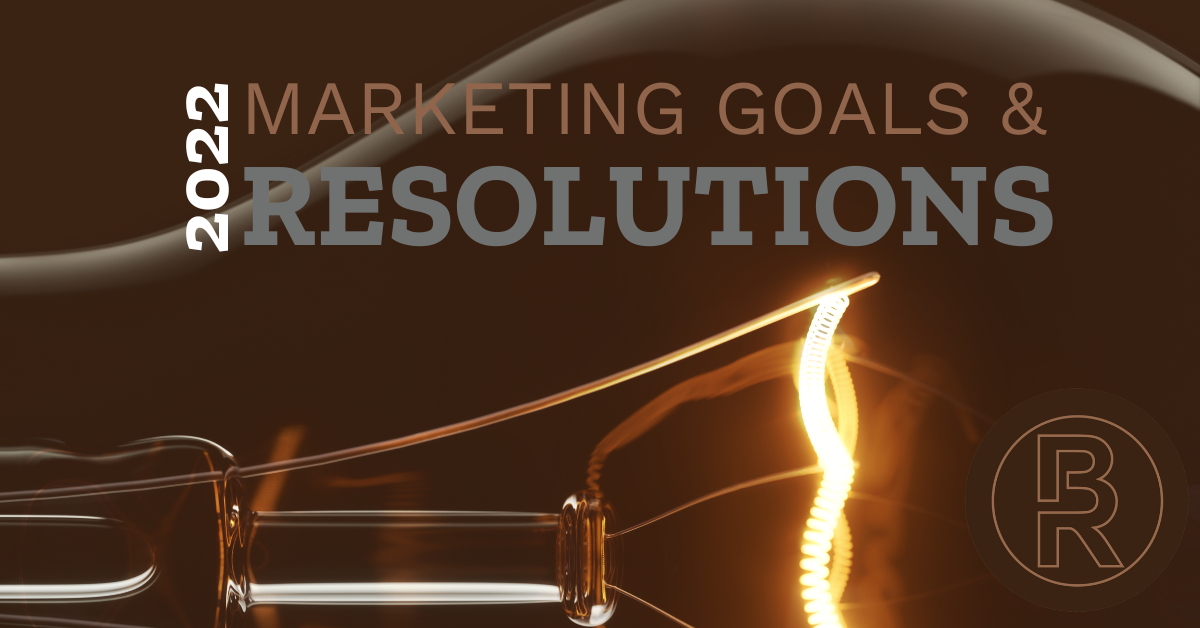
Happy New Year, folks! For many, a new year is a time for new beginnings and a chance to start things off on the

Tis the season to give thanks and reflect upon the reasons we should be grateful. There are 3 signs on the wall in one of